While this surge has transformed global connectivity, scientific observation, and navigation, it has also triggered one of the most pressing challenges of modern space exploration: space debris. With defunct satellites, fragmented metal pieces, and abandoned rocket stages all speeding around the planet at extreme velocities, even a small collision can spell disaster for operational spacecraft. As concerns about the Kessler Syndrome escalate, the world is forced to confront the reality that without sustainable orbital management, space could become too hazardous for future missions. This article explores the causes, risks, and solutions surrounding the growing space debris crisis, offering insight into how governments and private companies are working to protect Earth’s increasingly crowded orbit.
The rise of satellite megaconstellations
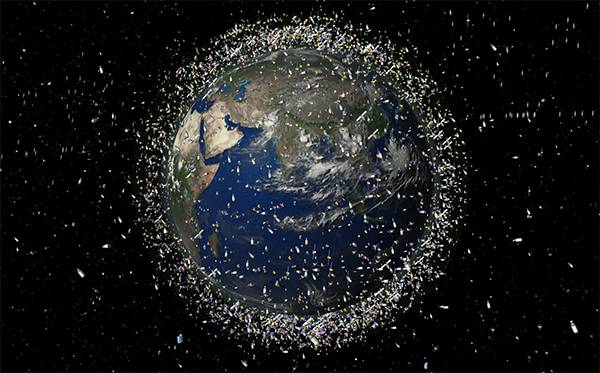
However, with each launch comes a higher risk of space congestion and potential collisions. Defunct satellites that are not deorbited become long-term hazards, especially when left drifting uncontrolled. Spent rocket stages and small fragments from past collisions also contribute to the growing cloud of orbital debris. As more satellites enter orbit, the complexity of space traffic management increases, raising concerns for astronomers, engineers, and policymakers alike.
The mounting threat of space debris
Space debris is more than just clutter; it is a high-speed danger capable of destroying multimillion-dollar spacecraft. Traveling at speeds of up to 28,000 km/h, even a small paint chip can damage sensitive instruments. Larger fragments pose catastrophic risks. Events like the 2009 Iridium-Kosmos collision and anti-satellite missile tests have significantly increased the amount of debris in orbit, sparking fears of a cascading chain reaction known as the Kessler Syndrome.
The International Space Station has already been forced to perform multiple avoidance maneuvers over the years, highlighting how debris threatens not only satellites but also human life. Each new collision creates more fragments, making space operations increasingly difficult. Critical services such as GPS navigation, weather monitoring, emergency communications, and broadband networks could face disruptions if the debris problem continues unchecked.
Advancements in debris mitigation technologies
As orbital congestion worsens, space agencies and private organizations are racing to develop innovative debris cleanup solutions. Active Debris Removal (ADR) has become a promising field, with companies like Astroscale and ClearSpace leading the charge. Their technologies include magnetic docking mechanisms, robotic arms, nets, and even harpoons designed to capture unstable or abandoned objects and guide them into Earth’s atmosphere for safe disposal.

In addition to active removal, modern satellites are being designed with end-of-life deorbiting systems. Propulsion units, drag sails, and automated deorbit programs help ensure satellites burn up harmlessly after their missions end. This significantly reduces the chance of defunct satellites lingering in orbit for decades.
Artificial intelligence also plays a growing role in collision avoidance. AI-driven space traffic management platforms track thousands of objects and calculate potential risks with greater accuracy than ever before. Enhanced international coordination between spacefaring nations and commercial operators is becoming essential to prevent accidental collisions and promote sustainable orbital practices.
Strengthening global space regulations
Regulation is one of the most important tools in preventing uncontrolled orbital pollution. Organizations such as the United Nations Office for Outer Space Affairs (UNOOSA) and COPUOS are pushing for stronger international guidelines, including limits on the operational lifespan of satellites, mandatory disposal plans, and stricter oversight of satellite mega-constellations. As more private companies enter the space industry, establishing globally recognized rules becomes vital for ensuring orderly and responsible space operations.
National agencies are also implementing stricter licensing requirements for launches. Many countries now require satellite operators to have deorbiting capabilities and collision-avoidance protocols in place before receiving approval.
The future of sustainable space operations
The future of space depends on how effectively humanity manages the growing debris problem. Without proactive intervention, Earth’s orbit could become too dangerous for exploration, scientific research, and essential satellite services. However, with ongoing technological advancements, increased global cooperation, and a renewed focus on sustainability, the potential for a cleaner and safer orbital environment remains within reach.
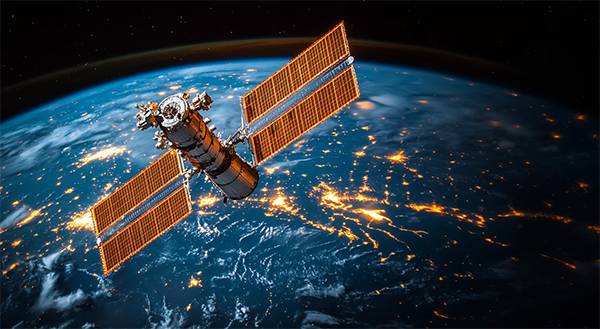
Building a responsible space economy will require cooperation between governments, private companies, and international organizations. By prioritizing debris mitigation, enforcing sustainable deployment practices, and investing in removal technologies, the world can ensure that future generations retain access to safe and open space.


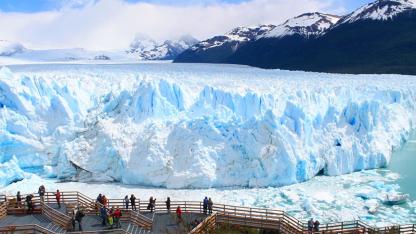
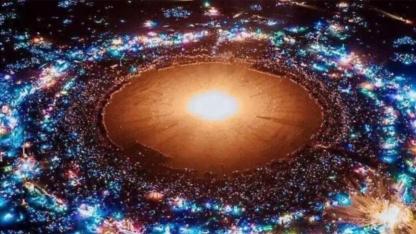







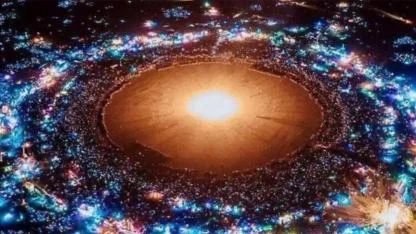



Yorumlar
Kalan Karakter: